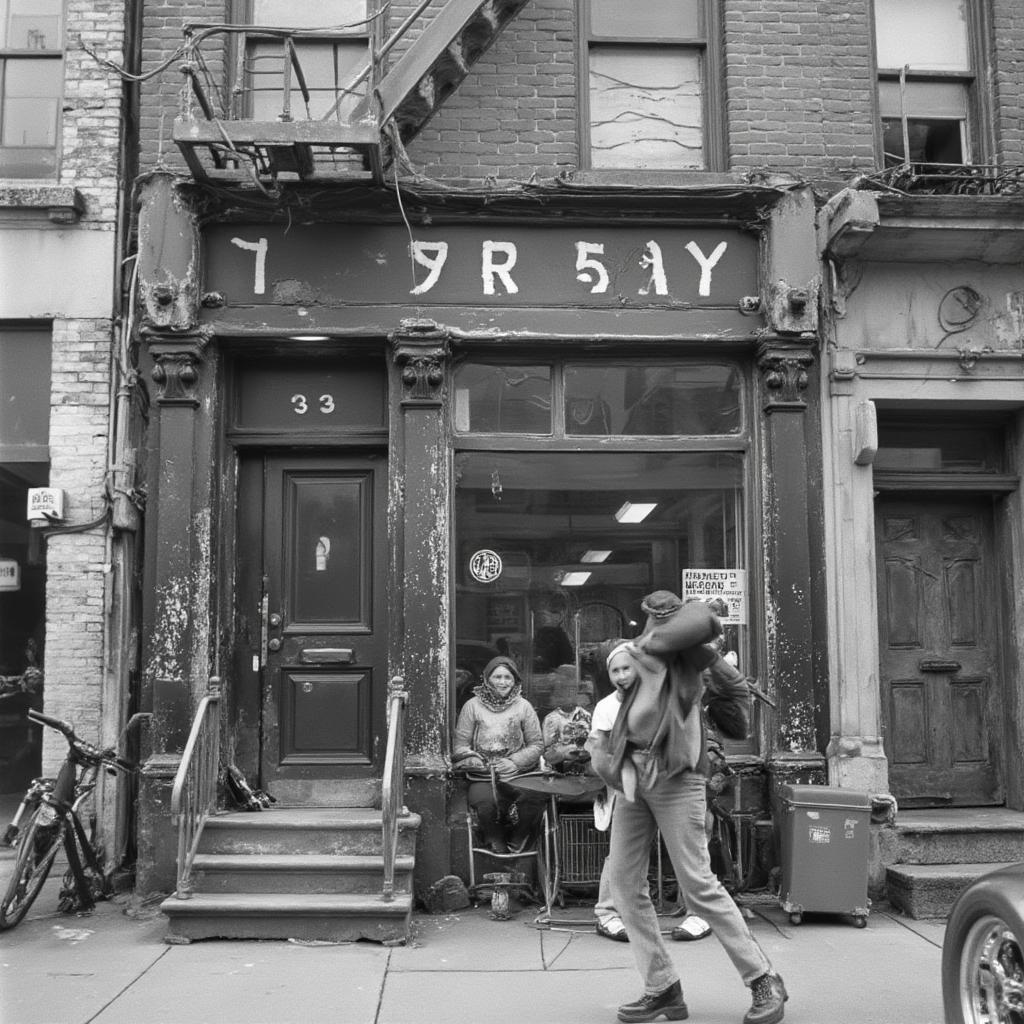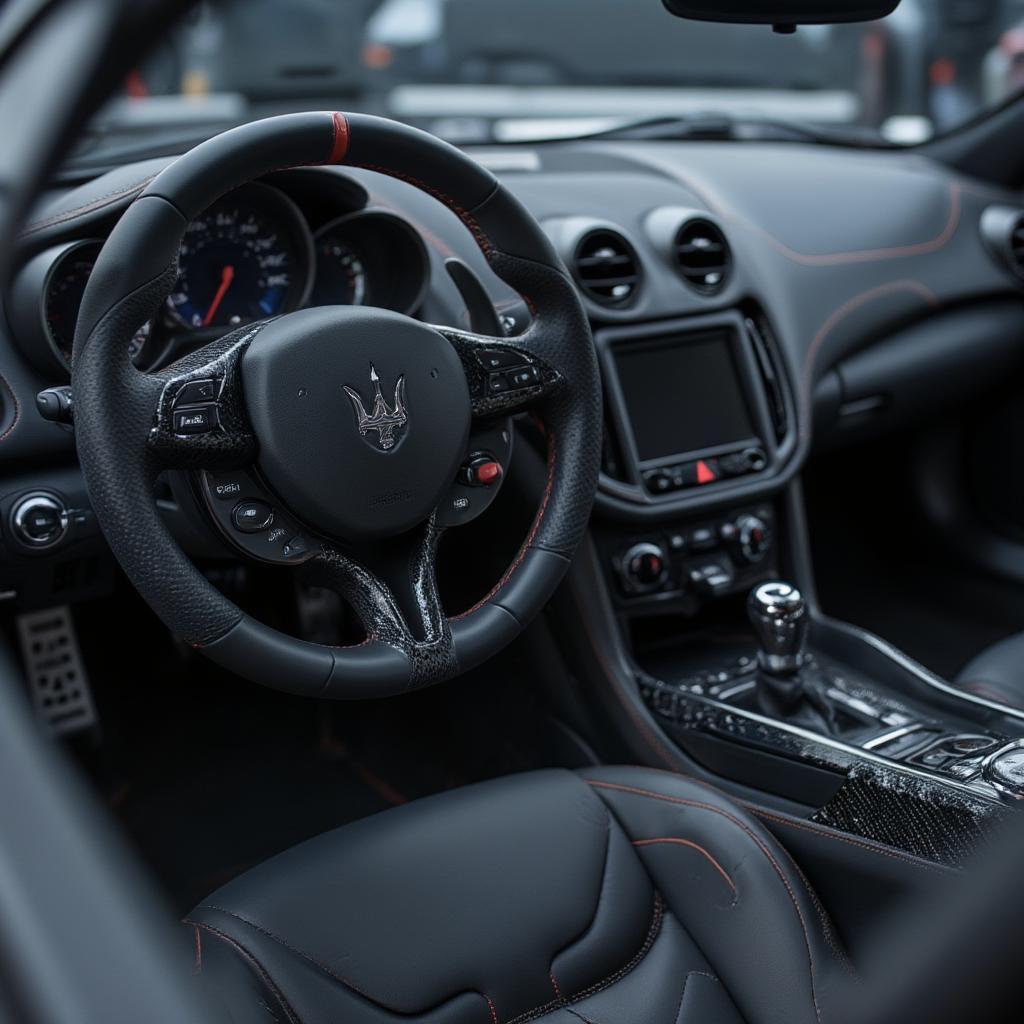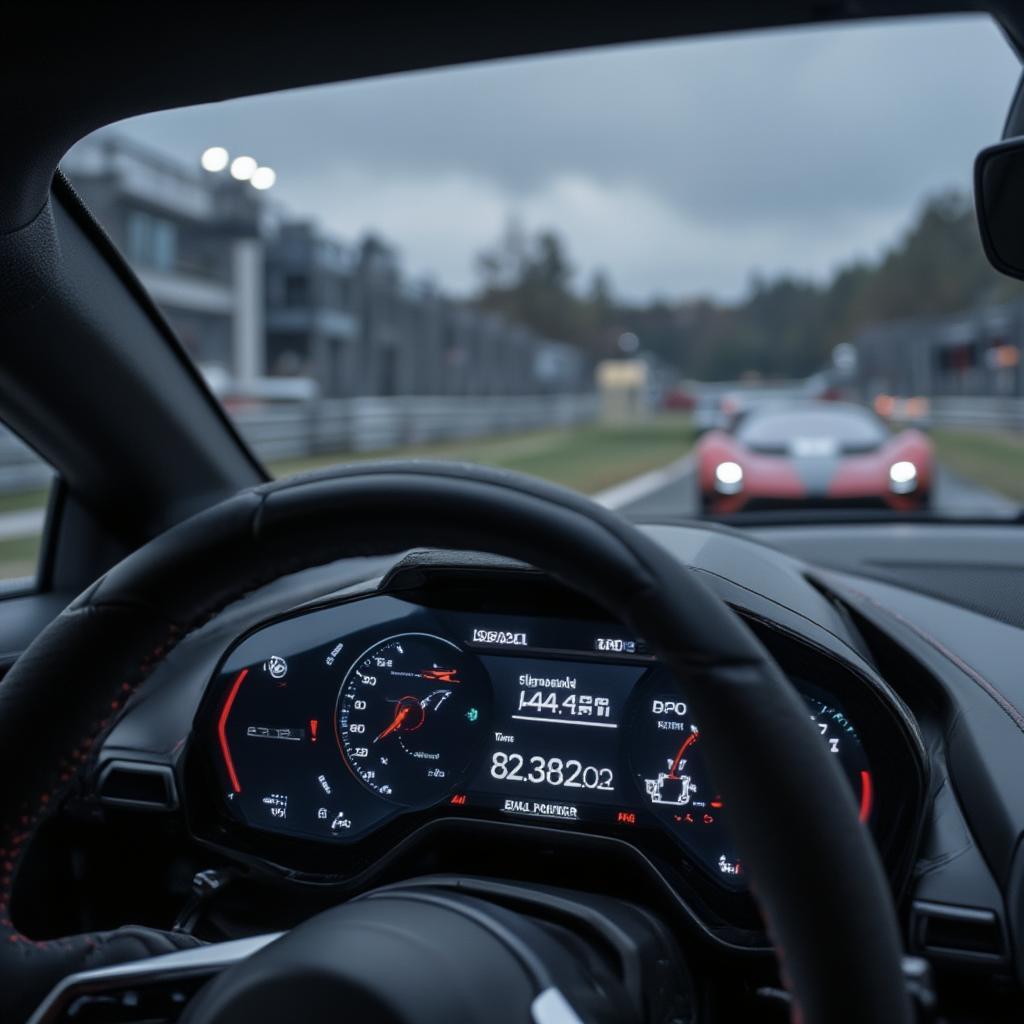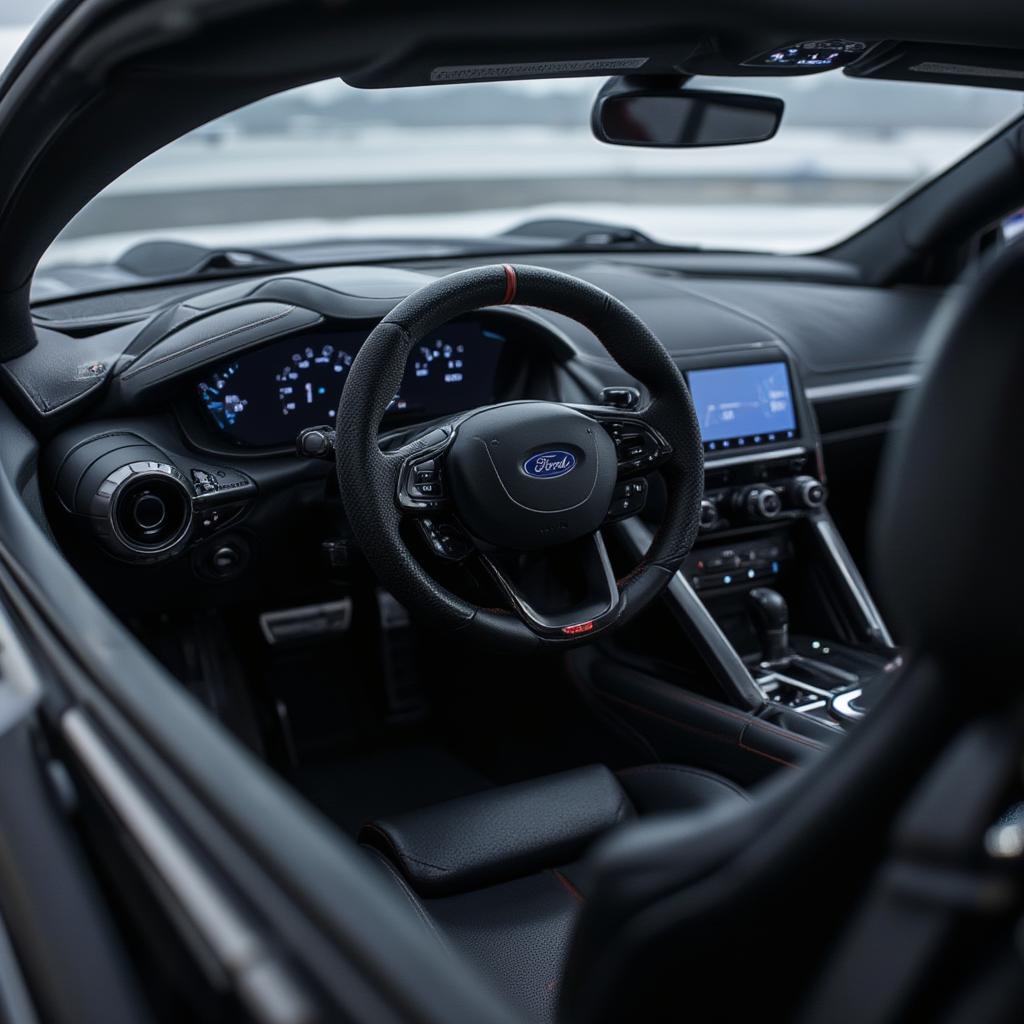VW Supercar: Exploring the Unlikely Realm of Volkswagen Hypercars
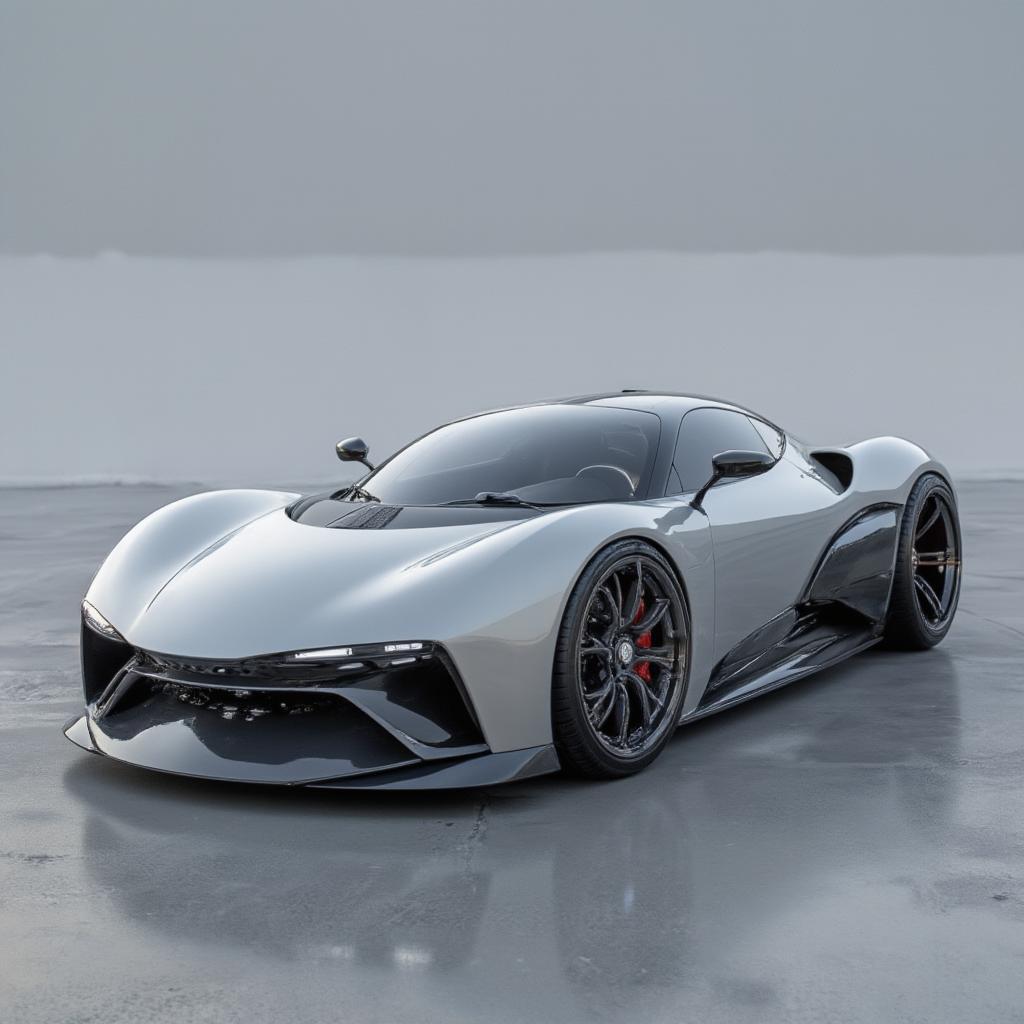
Volkswagen, a name synonymous with practical and reliable vehicles, might not be the first brand that springs to mind when you think of high-performance supercars. However, delving into the history of the German automotive giant reveals a surprising ambition: the pursuit of speed and cutting-edge engineering in a realm typically reserved for Italian and British marques. We’re diving deep into the fascinating world of the Vw Supercar, exploring concepts, prototypes, and the dreams that nearly became reality.
The Genesis of a VW Supercar Dream
The idea of a Volkswagen supercar seems almost paradoxical. After all, this is a company that built its empire on the Beetle, a symbol of affordability and simplicity. But, beneath the surface, there’s always been a desire to push the boundaries. In the late 20th and early 21st centuries, VW explored various concepts and prototypes that hinted at their potential to compete in the hypercar segment. This wasn’t about mass-market appeal, it was about proving their engineering prowess. The question isn’t “Why a VW supercar?” but rather, “Why not?” What led Volkswagen to consider such a bold move?
The W12 Nardo: A Glimpse into VW’s High-Performance Ambitions
Perhaps the most well-known example of VW’s supercar ambitions is the W12 Nardo. Unveiled in 2001, this concept car was a technological marvel, powered by a 6.0-liter W12 engine producing an impressive 600 horsepower. It wasn’t just about power; the W12 Nardo was a showcase of VW’s engineering expertise. It demonstrated their capability to design a car with incredible aerodynamics and performance. Its sleek lines and striking design made it a head-turner, capturing the attention of enthusiasts worldwide. The Nardo, in essence, screamed “we can play in this league too.”
“The W12 Nardo was a statement car, designed to show the world what Volkswagen was capable of. It wasn’t necessarily meant for production, but it proved we could build something truly extraordinary.” – Dr. Klaus Richter, Former Head of Volkswagen Advanced Development

Unveiling Other VW Supercar Concepts and Prototypes
While the W12 Nardo is the most famous, it’s not the only VW project that flirted with supercar territory. There have been several other concepts and prototypes over the years, showcasing different approaches to performance. These projects, though often remaining just that, highlighted Volkswagen’s commitment to research and development, and their interest in exploring various drivetrain configurations and chassis designs.
The Mid-Engine Mystery of the VW GX3
Another intriguing concept is the VW GX3, a three-wheeled motorcycle-like vehicle that had many wondering if a lightweight sportscar was coming. Though technically not a supercar in the traditional sense, it demonstrated VW’s willingness to think outside the box, pushing the boundaries of vehicle design and engineering. The GX3 was a lightweight, high-performance machine which provided further insight to the brand’s ambition.
“The GX3 was an exercise in pushing the boundaries. It showed how lightweight construction and innovative design could lead to truly exciting and fun-to-drive vehicles, even with a smaller engine.” – Hans-Dieter Müller, Lead Designer on the GX3 Project
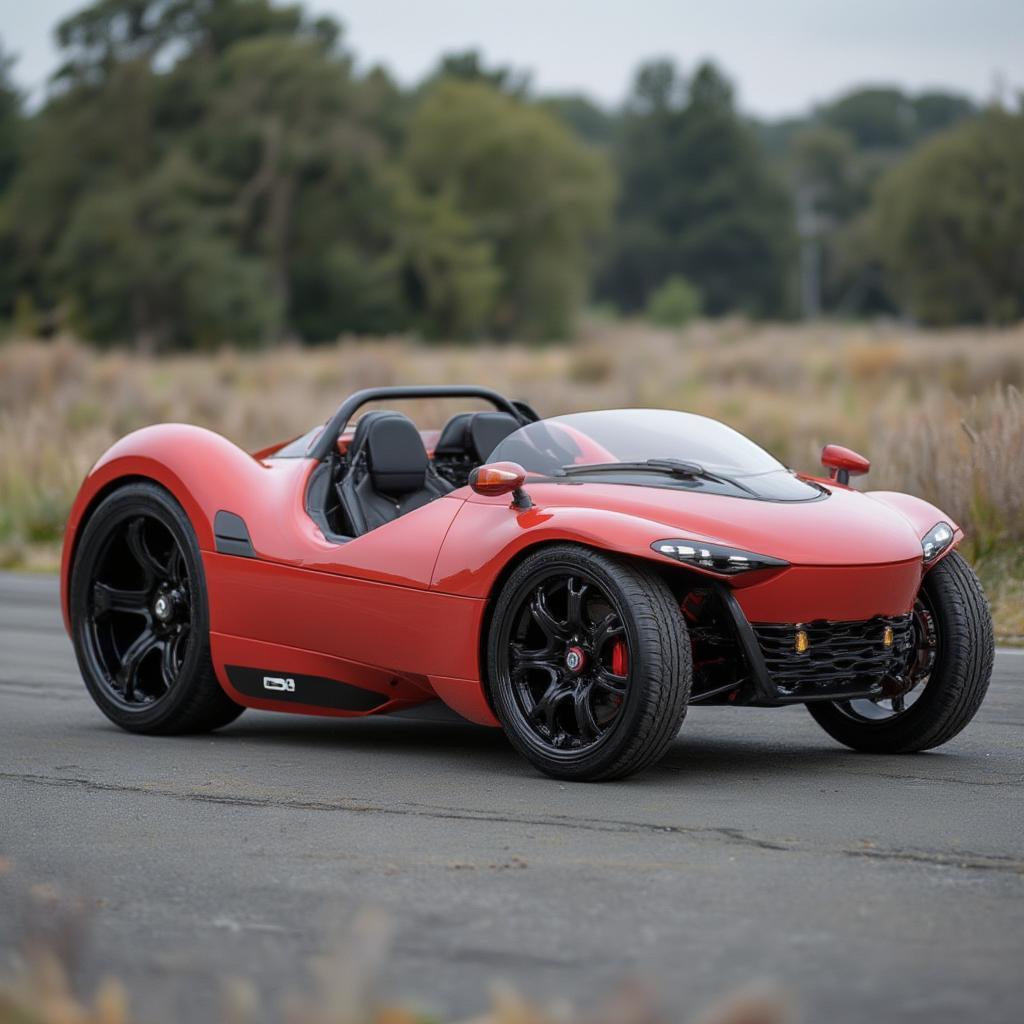
The Bugatti Connection: A VW Supercar by Proxy?
It’s worth mentioning the link between VW and Bugatti. While Bugatti operates as a separate brand, it’s owned by the Volkswagen Group. The Veyron and Chiron, both hypercars of the highest caliber, showcase the pinnacle of VW’s engineering expertise, indirectly. Through Bugatti, VW has proven its capability to produce world-class, record-breaking supercars. Though they aren’t badged with the VW logo, these cars represent VW’s ability to reach the highest performance benchmarks. Does this mean a true VW supercar is still a possibility?
The Challenges and Roadblocks on the Path to a VW Supercar
The journey towards a VW supercar hasn’t been without its challenges. A number of factors have prevented VW from entering the hypercar market under its own brand name. These include the need to maintain a brand image focused on more affordable mass-market vehicles, the immense cost associated with developing and producing a hypercar, and the intense competition in the sector. So what obstacles have stood in the way of Volkswagen creating its own supercar, and is there a chance that they might try again?
Brand Identity: The Conflict Between Practicality and Performance
One of the biggest hurdles is brand identity. Volkswagen’s reputation is rooted in practicality, reliability, and affordability. Introducing a hypercar could potentially confuse their customer base and damage their carefully crafted brand image. Many loyal customers would be asking themselves if they are still the company they have always known and trusted. This is no simple brand-management problem and would require a concerted marketing effort to be pulled off.
The Cost of Entry into the Hypercar Market
Developing a true hypercar is an incredibly expensive endeavor. The costs of research, development, testing, and production are astronomical. VW may have the resources, but the question is whether the potential return justifies the enormous investment. Would a VW supercar truly compete with the likes of Ferrari or Lamborghini on its own merit? And would the profits outweigh the cost of development and marketing?
Navigating the Competitive Hypercar Landscape
The hypercar market is already crowded with established players. To succeed, VW would need to not only match the performance and technology of its rivals but also surpass them, which would prove difficult when so many companies have built their name on high performance cars. The risk involved in such a venture could prove too significant for the company to pursue at this time, and in the long term.
The Future of a VW Supercar: Is It Still a Possibility?
Despite these challenges, the dream of a VW supercar might not be entirely dead. The automotive industry is rapidly changing, with the shift towards electric vehicles and new technologies opening up new possibilities. Is an all-electric VW supercar an impossible feat, or is it just a matter of time before we see the iconic badge on a hypercar once more?
Electric Power: A New Frontier for VW Supercars
The rise of electric vehicles might provide a perfect opportunity for VW to re-enter the supercar arena. Electric powertrains offer the potential for immense power and torque, along with the ability to improve aerodynamics. A high-performance electric supercar could align with VW’s increasingly environmentally conscious brand image. This could present the perfect avenue for the brand to finally make its mark on the supercar world.
“Electrification is a game-changer. It allows us to rethink what a supercar can be. The potential for all-electric high-performance vehicles is immense, and we are actively exploring those avenues.” – Dr. Annelise Weber, Head of Volkswagen Electrification Program
Volkswagen’s Track Record of Engineering Innovation
Volkswagen has a long history of innovative engineering, and this may be a sign of what we can expect in the future. They have proven that they are not afraid to take risks and push the limits of what’s possible. Their previous explorations into the realm of supercars, although they may not have culminated into a mass-market product, demonstrate an ambition that suggests that this particular venture has not been written off entirely.
Conclusion: The Unlikely Legacy of the VW Supercar
The history of the VW supercar is a story of ambition, innovation, and ultimately, unrealized potential. While VW may not have a production hypercar in its lineup today, the concepts and prototypes they’ve developed provide a compelling glimpse into what could have been, and perhaps, what still could be. The dream of a VW supercar lives on, and as the automotive industry continues to evolve, we may yet see Volkswagen enter the hypercar arena with a revolutionary product. The legacy of the VW supercar, even in its conceptual form, serves as a reminder that the pursuit of innovation and the desire to push boundaries will always be at the heart of the automotive world. It leaves us with one question: when will we see the first true VW supercar on the road?

